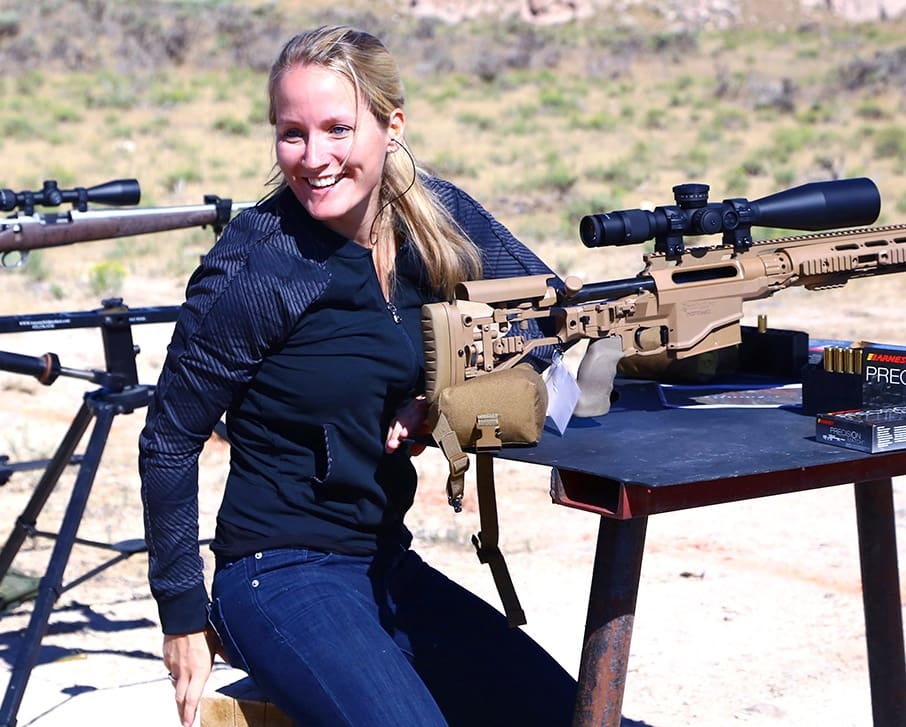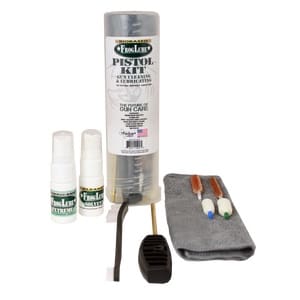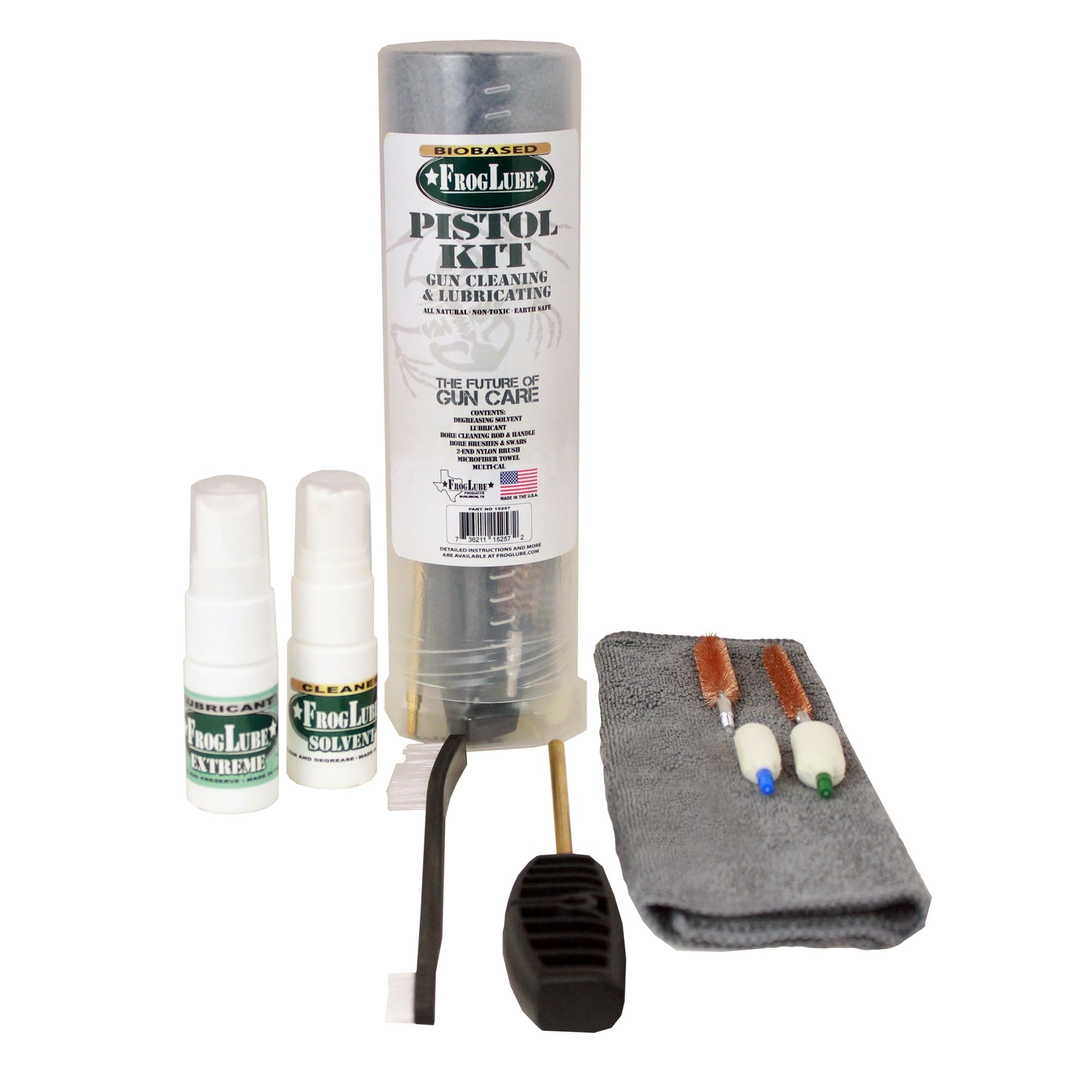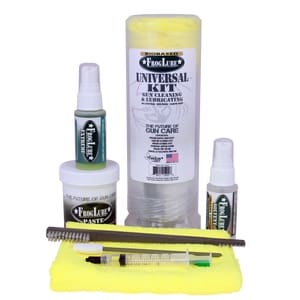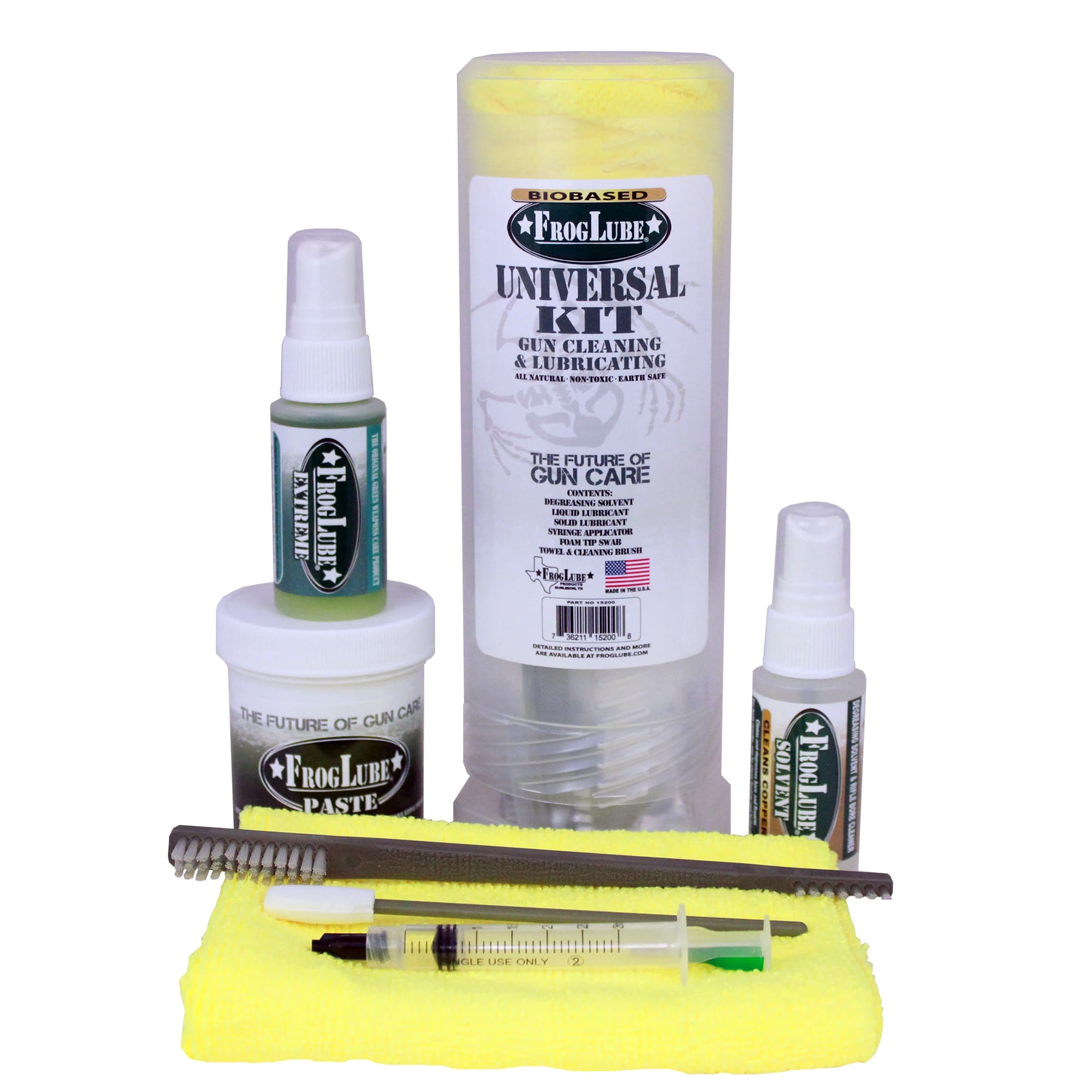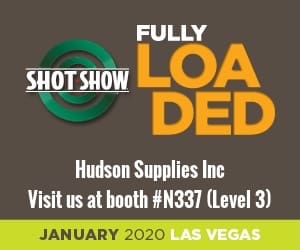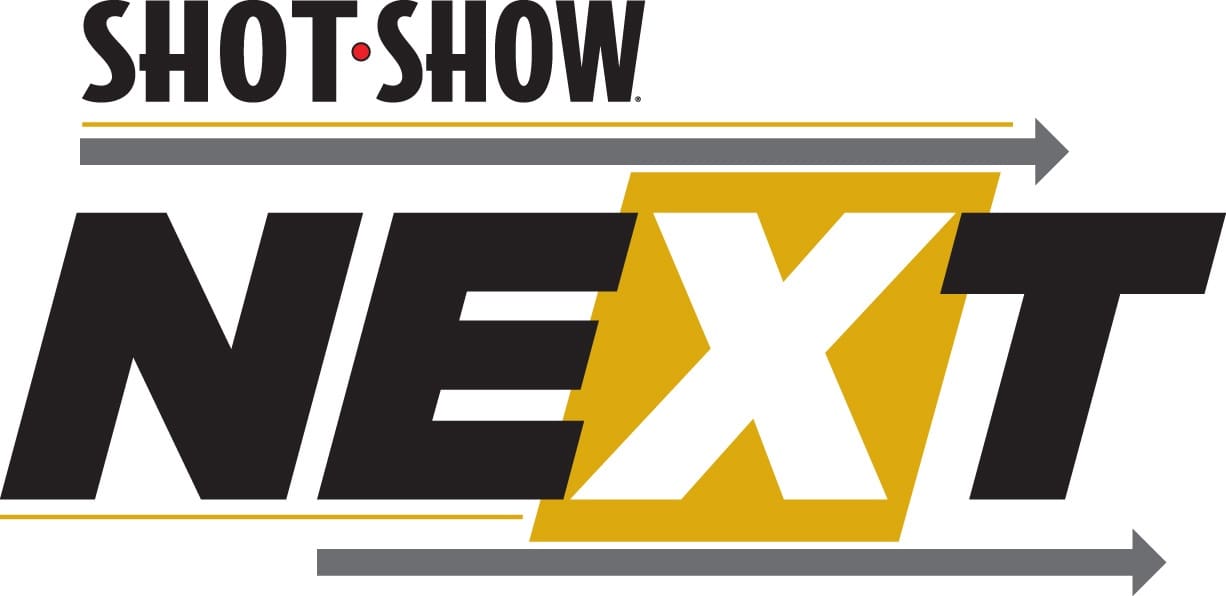New Rangefinders Plus Extensions to Popular Series Headline Key Introductions
OVERLAND PARK, Kansas – January 16, 2020 – Bushnell, an industry leader in performance optics, will introduce multiple new models to its already popular optics lines during the 2020 SHOT Show (Booth No 14551), January 21-24 at the Sands Expo Center in Las Vegas, Nevada.
“As an industry leader in the design of purpose-built optics, Bushnell has remained focused on delivering new products that have been engineered to surpass expectations while delivering exceptional value,” said Mark Bauman, Director of Bushnell Optics. “Our new models combine enhanced optical performance with some of the most sought-after features requested by our customers.”
Among the latest products from Bushnell include the new Prime 1300 and 1700 rangefinders which have been designed to deliver double the light transmission over other competitive models. Other new rangefinder models include the Nitro 1800 powered by Applied Ballistics. Featuring an upgradeable, built-in ballistics solver along with Bluetooth® connectivity and the ability to pair the rangefinder to the Bushnell Ballistic app, the Nitro 1800 provides users precise shooting solutions out to 2,000 yards at the push of a button.
Additional new models that will launch at SHOT Show include extensions to the company’s popular lines of Banner, Engage, Prime, AR Optics and Powerview products.
New for 2020 products include:
Banner™ Riflescopes – The popular Banner riflescopes, known for delivering superior low light performance, have been improved and expanded for 2020. The line now includes a 3-9x40mm riflescope with an extended 6-inch eye relief for shotgun use and also a 4-12x40mm configurations for longer range hunting. All configurations feature Multi-X Reticles and Dusk & Dawn optics technology for low light visibility as well as a durable one-piece construction that has made Banner the go-to hunt optic for generations.
Engage™ Optics – Bushnell has expanded its popular line of Engage products with a new riflescope, binocular and spotting scope, each focused on delivering high-end quality at an affordable price. Customized with modern features hunters demand including options for an illuminated reticle, proprietary lens coatings and optional camouflage finishes, the Engage series of optics continues to focus on delivering exceptional clarity. Developed to match the feature sets needed to be successful on the range or in the woods, the Engage lineup of optics continues to produce leading results in any environment.
Prime™ Riflescopes – Built to be the new standard in hunting riflescopes, Bushnell has expanded the Prime series with two new models designed to provide hunters with key features to aid them in the field. Among these upgrades include a new 3-9x40mm riflescope with an illuminated Multi-X reticle for low light situations along with a 3-12x40mm riflescope packaged with six custom turrets pre-calibrated for some of today’s most popular hunting calibers. This innovative feature makes it easy to match your optic to your preferred cartridge.
AR Optics™ – Capable for use on a variety of rifle platforms, the popular line of Bushnell AR Optics has been increased with new variable power riflescopes for 2020. Available in three new magnifications, these durable riflescopes deliver sought-after features that make them compatible for use on both bolt action and modern hunting rifles. The AR Optics lineup from Bushnell has been expanded with two new riflescope models pre-packaged with four ballistic drop turrets. Customized for today’s most popular calibers (.223 Rem, .308 WIN, 6.5CM and 224 Valkyrie) the new AR riflescopes are available with or without an illuminated reticle.
Powerview™ 2 – Designed to deliver value-based performance, the new Powerview 2 line of binoculars is ready to take on any pursuit. Featuring an updated industrial design on top of a rock-solid metal chassis, the new binoculars are available in six configurations. Reliable, tested and engineered to deliver bright, clear images through its multi-coated lenses, the new Powerview 2 binoculars strike the perfect balance of price and quality.
These new products, plus many more, will be on display at Booth No 14551. For more information on the complete line of Bushnell optics, visit www.bushnell.com.


